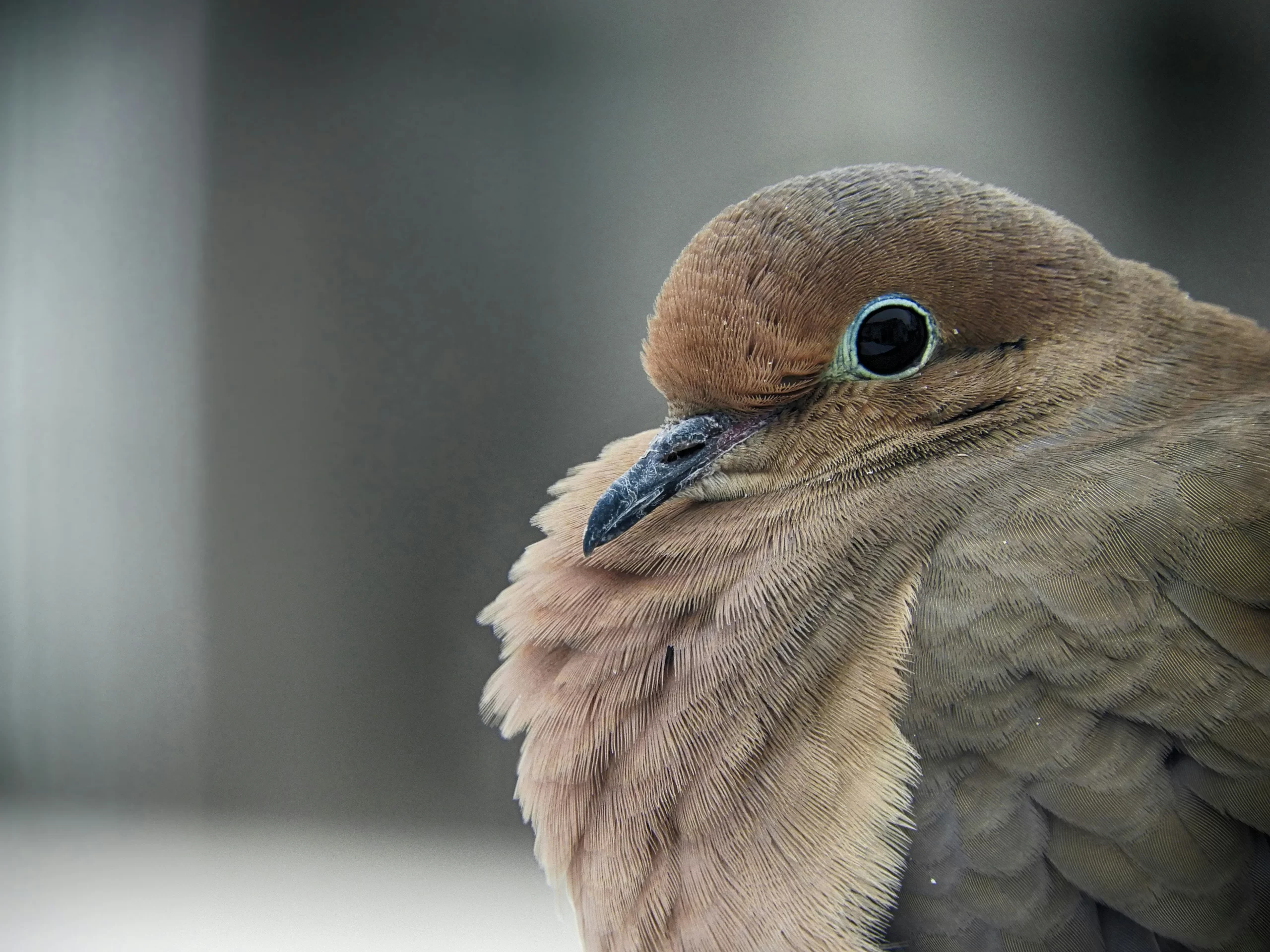The tranquil coo of a Mourning Dove is among the most peaceful sounds that can be heard in North America, but some are concerned about the supposed disappearance of Mourning Doves. Indeed, many wonder, “Why don’t I hear Mourning Doves anymore?”. Are Mourning Doves going extinct, or what is the reason for their absence from some areas?
If you’re concerned about what happened to Mourning Doves, you’ve come to the right place. I’m going to reveal why Mourning Doves are seemingly absent in some places. Moreover, I’ll discuss some of the threats that Mourning Doves face today. So, why don’t we hear Mourning Doves anymore? Let’s find out!
Table of Contents
Why Don’t I Hear Mourning Doves Anymore?
If you grew accustomed to hearing the memorable Mourning Dove sound when you grew up, you may be alarmed if you can no longer go out into your neighborhood and enjoy hearing a Mourning Dove call. Some will be tempted to jump to the conclusion that Mourning Doves must have disappeared, but is this a good assumption to make? Why don’t I hear Mourning Doves anymore?
Well, there are plenty of reasons that may explain why you no longer hear Mourning Doves in your area. First, let’s acknowledge that Mourning Dove populations have declined in the last half-century. However, there are still plenty of Mourning Doves around, so it’s not likely that they’ve completely disappeared from your area.
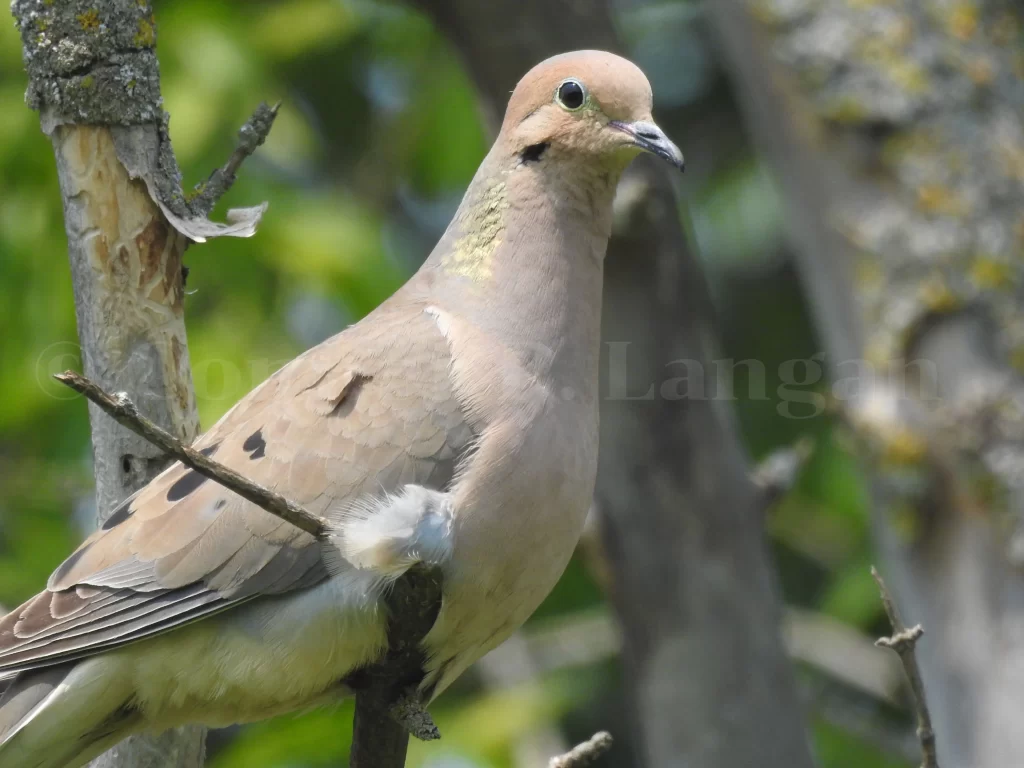
Therefore, population declines are not likely to be the reason why Mourning Doves have seemingly disappeared. Perhaps a more likely reason for Mourning Dove declines is that your neighborhood may not have suitable Mourning Dove nesting habitat. Although Mourning Doves don’t have strict habitat requirements, they do need dense trees or shrubs in which they can nest. New developments or urbanized environments may lack the nesting components that Mourning Doves need to thrive, so they may be absent from such areas.
Finally, the reason that you may no longer hear Mourning Doves may not be due to the birds disappearing. Rather, you may no longer be able to hear a Mourning Dove call because your hearing has declined with age. Indeed, bird calls are not always the easiest things for human ears to detect, so you may no longer hear Mourning Doves because you can no longer detect their subtle calls.
Are Mourning Doves Extinct?
If you have read the entire article to this point, then you’ll know that Mourning Doves are not extinct. However, you may have heard mention of Mourning Dove extinction, so what’s up with that? Are Mourning Doves extinct in some areas?
No, Mourning Doves are alive and well throughout their historical range. Despite facing regional declines in some places, Mourning Doves still persist throughout most of the United States in strong numbers.
If this is the case, then you may wonder why you’ve heard about Mourning Doves becoming extinct. Are Mourning Doves going extinct, or why would people spread this fallacy?
Well, people are probably confusing Mourning Doves with Passenger Pigeons. Passenger Pigeons are an extinct dove that was once the most widespread bird in the United States. Alas, they were persecuted by settlers and driven to extinction by the early 20th century. Passenger Pigeons looked similar to Mourning Doves, so some may confuse the two doves.
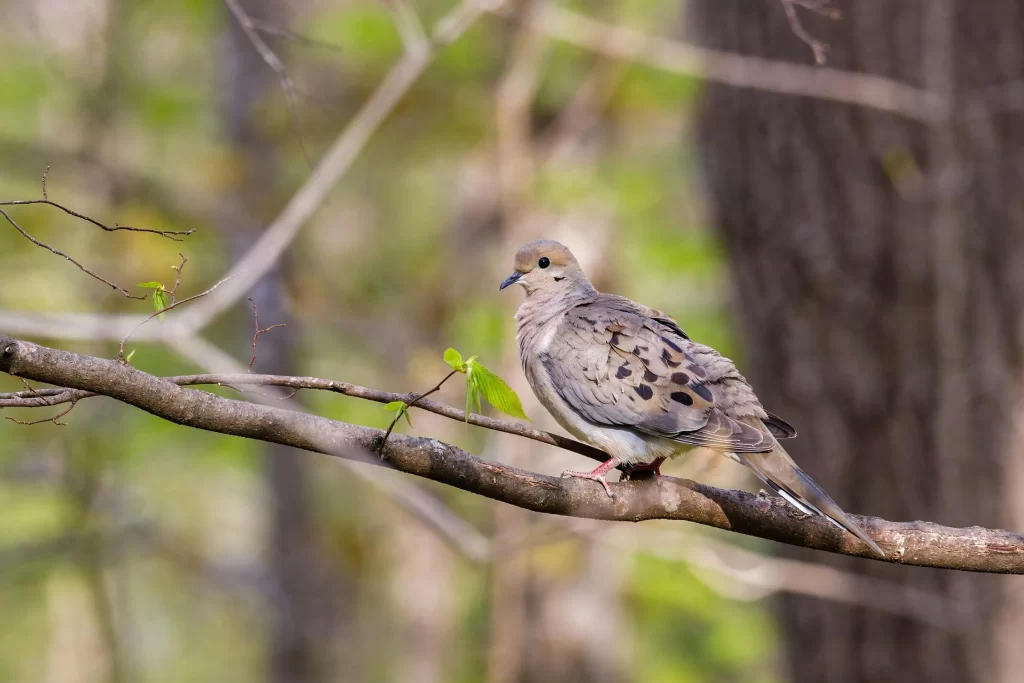
Are Mourning Doves Endangered?
Okay, so we know that the answer to the question, “Did Mourning Doves go extinct?” is no, but why don’t I hear Mourning Doves anymore? Are Mourning Doves endangered?
No, Mourning Doves are not considered to be an endangered species at this time. In fact, their population is still quite robust, with about 150 million birds in existence.
Despite this massive number, Mourning Doves have lost about 20% of their population in the past half-century. This decline is not significant enough to warrant concern, but it certainly may prompt some to worry about the status of Mourning Doves.
Luckily, Mourning Doves are among the most closely monitored birds, as their status as a game bird has earned them more attention and investment than most other birds. While Mourning Doves are the most widely harvested gamebird in North America, they seem to respond well to hunting pressures.
Are Mourning Doves Invasive?
Some are not thrilled to have Mourning Doves take up residence within their yards. Although Mourning Doves are not inherently messy or obnoxious, not everyone loves to have them around. Could this be because Mourning Doves are an invasive species – are Mourning Doves invasive?
No, Mourning Doves are certainly not an invasive species. Birds such as House Sparrows and European Starlings are prime examples of invasive species in North America, but Mourning Doves are a well-established native species.
Moreover, their status as a native species means that Mourning Doves are granted legal protections from the migratory bird treaty. This means that it’s illegal to harm or kill a Mourning Dove or their eggs. Of course, the exception would be during designated hunting seasons in which it would be legal to harvest Mourning Doves.
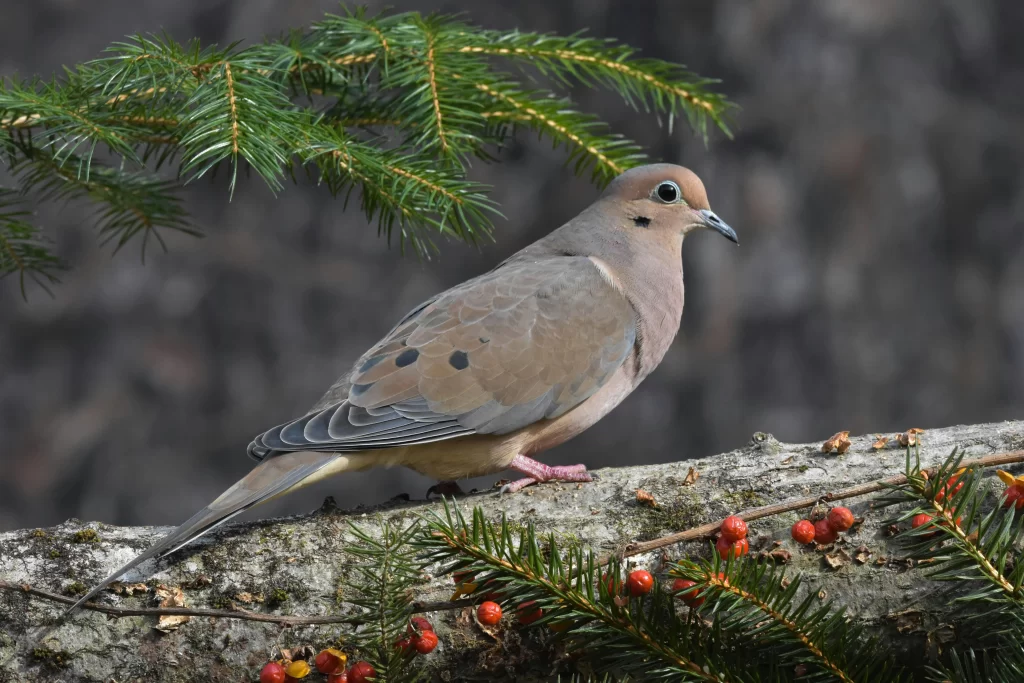
What Threats Do Mourning Doves Face?
While Mourning Doves are not extinct nor endangered, they nonetheless face myriad threats that have taken a toll on their populations. Those asking, “Why don’t I hear Mourning Doves anymore?” may be able to point a finger at some of these threats.
First, the threat of habitat loss and alterations is an ever-present concern for Mourning Doves. These creatures like semi-open habitats in which they can find enough ground cover to protect them while they’re foraging. Urbanization has destroyed immense amounts of good Mourning Dove habitat, but the intensification of agriculture has been equally detrimental. Indeed, small farms with diverse crops, livestock, and shrubs made for great Mourning Dove habitat. Alas, these habitats are now all but extinct, as they’ve been replaced by massive farming operations with wide open fields that are productive for nothing but crops.
Ingestion of lead is another concern for Mourning Dove populations. Given that they are readily hunted throughout much of the United States, they are far more likely to ingest lead pellets than other birds because of the abundance of these pellets in Mourning Dove habitat. Moreover, the habit of Mourning Doves to consume seed-like items from the ground makes them very vulnerable to accidentally ingesting these tiny pellets.
How To Attract Mourning Doves To Your Yard
Those who wish to once again hear the peaceful Mourning Dove sound from their neighborhood may want to make their yards appealing for Mourning Doves, but how is this possible? Well, let’s discuss how to attract Mourning Doves to your yard!
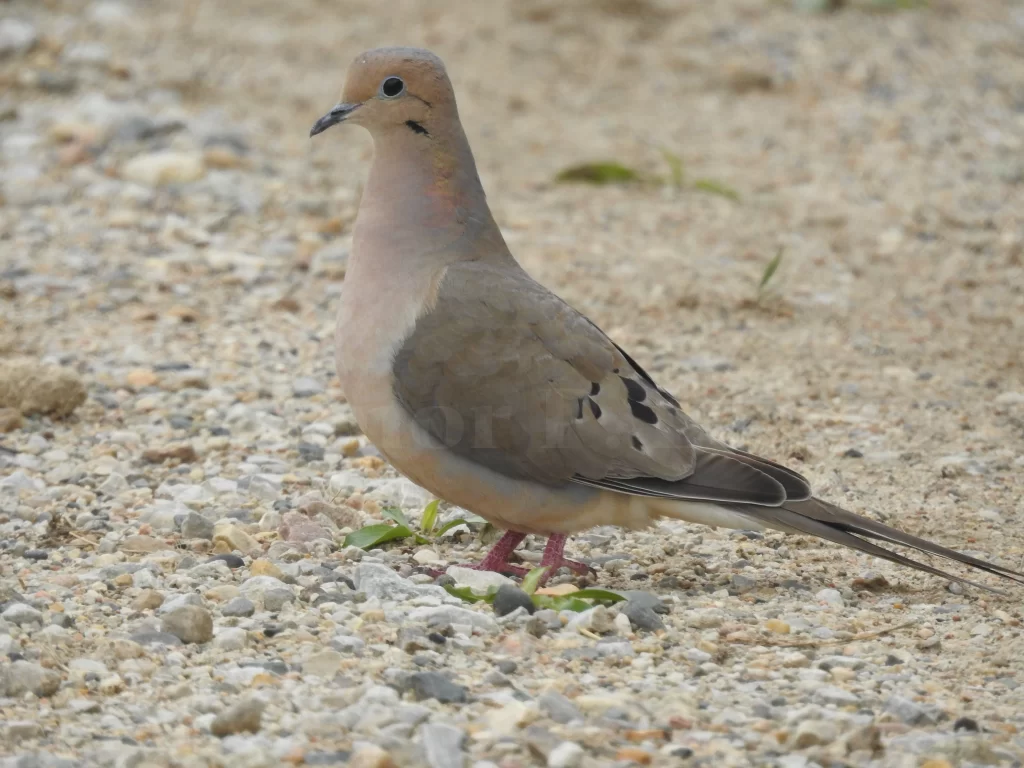
If you’re interested in having Mourning Doves nest in your yard, then make sure you’ve got plenty of dense trees or shrubs in which they can nest. Conifers, arbividae, and thick hedges are great places for Mourning Doves to build their nest. Featuring a diverse array of native plants in your yard will provide plenty of shelter and nesting habitat for these lovely birds.

